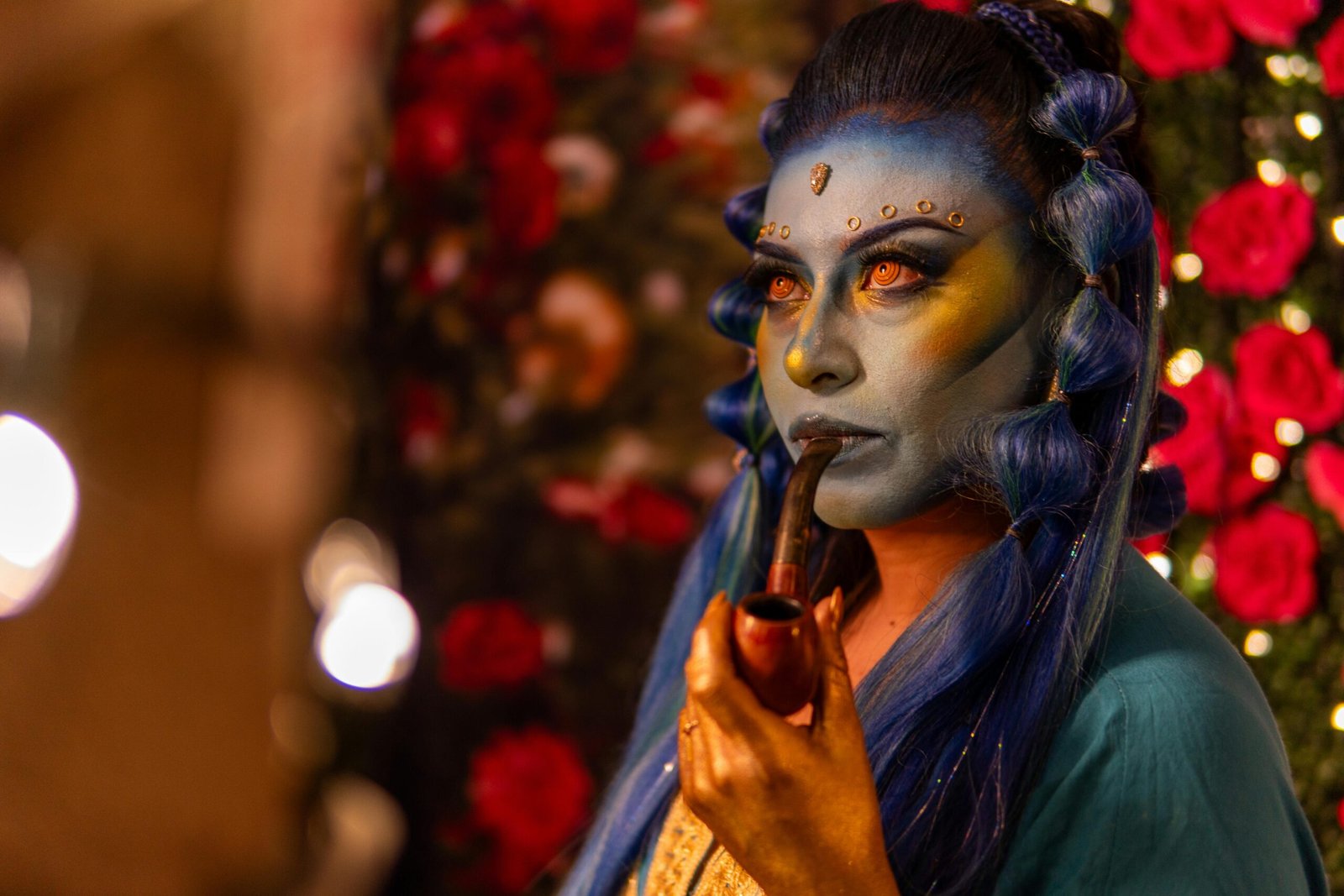Video Production: Unleashing the Power of Visual Storytelling 1. Introduction: The Impact of Video Production…
The Evolution of Visual Metaphors in Video Storytelling: Unlocking Creative Power
Visual metaphors have become a crucial element in the landscape of video storytelling. They allow creators to communicate complex ideas and emotions succinctly and powerfully. As the digital world continues to evolve, so too do the ways in which visual metaphors are employed in video content. This post explores the fascinating evolution of visual metaphors in video storytelling, examining how they have transformed from simple imagery to sophisticated tools of engagement.
The Origins of Visual Metaphors in Film and Video
Visual metaphors have been present since the early days of cinema. Pioneers such as Sergei Eisenstein and Alfred Hitchcock used imagery to convey deeper meanings beyond the literal. For instance, Eisenstein’s iconic use of a slaughtered bull juxtaposed with political unrest in Strike (1925) illustrates how early filmmakers harnessed metaphors to evoke powerful emotional responses.
The Silent Film Era
During the silent film era, visual storytelling was the only means to convey narrative elements. Directors relied heavily on symbolic imagery—a broken clock symbolizing lost time or a shadowy figure representing impending doom. These metaphors were straightforward but effective, given the absence of dialogue.
The Golden Age of Hollywood: Refinement of Symbolism

As filmmaking techniques advanced, visual metaphors became more refined. In the Golden Age of Hollywood, directors like Orson Welles and Stanley Kubrick elevated metaphorical storytelling. Kubrick’s 2001: A Space Odyssey (1968) is a masterpiece in metaphorical video storytelling, with its monolithic structure representing technological and evolutionary leaps.
The Digital Revolution and the Rise of CGI
The advent of digital technology and computer-generated imagery (CGI) opened new possibilities for visual metaphors. Filmmakers could now create entire worlds and fantastical scenarios that defied the constraints of physical reality.
Example: The Matrix (1999)
In The Matrix, the red and blue pills symbolize choice and awareness, a metaphor that resonates deeply with themes of freedom and control. Such metaphors became increasingly layered and visually stunning thanks to advancements in CGI.
The Age of Social Media: Bite-Sized Metaphorical Content
With the rise of platforms like Instagram, TikTok, and YouTube, visual metaphors adapted to shorter formats. Creators had to distill complex ideas into seconds-long visuals.
Example: Minimalist Storytelling
In minimalist video content, a single object, such as a wilting flower, can convey themes of loss or transformation. The ability to craft engaging metaphorical narratives in mere seconds has become an essential skill for modern content creators.
Trends in Contemporary Video Storytelling
Modern video storytelling has embraced a mix of traditional and innovative metaphorical techniques.
1. Abstract Metaphors
Abstract visuals, such as shifting colors or geometric patterns, are used to symbolize emotions or psychological states.
2. Environmental Metaphors
Filmmakers increasingly use environmental elements, like weather changes, to mirror a character’s internal journey.
3. Metaphorical Montages
Montages have become a popular way to convey complex ideas quickly. A sequence showing crumbling buildings followed by blooming flowers may represent societal collapse and renewal.
The Psychological Impact of Visual Metaphors
Research has shown that visual metaphors enhance audience engagement and memory retention. They stimulate the viewer’s imagination, creating a deeper emotional connection to the content.
Case Study: Pixar’s Inside Out
The film uses visual metaphors extensively, with colorful orbs representing memories and abstract landscapes symbolizing changing emotional states. This creative approach helps audiences of all ages understand complex psychological concepts.
How Brands Leverage Visual Metaphors in Video Marketing
Brands have recognized the power of visual metaphors to communicate their messages effectively.
Example: Nike’s Advertising
Nike often uses metaphorical visuals, such as an athlete overcoming a storm, to represent determination and resilience.
Tips for Using Visual Metaphors in Video Marketing
- Know Your Audience: Ensure the metaphor resonates with your target demographic.
- Keep It Simple: Avoid overly complex metaphors that may confuse viewers.
- Align with Brand Values: The metaphor should reinforce your brand’s message.
Future of Visual Metaphors in Video Storytelling
As technology continues to evolve, we can expect even more innovative uses of visual metaphors.
Virtual and Augmented Reality
VR and AR offer immersive environments where metaphors can become interactive experiences.
AI-Generated Content
Artificial intelligence can help creators experiment with new visual metaphor combinations, pushing the boundaries of creativity.
Conclusion
The evolution of visual metaphors in video storytelling reflects the dynamic nature of creative communication. From the early days of cinema to the digital age and beyond, visual metaphors have remained a vital tool for engaging audiences and conveying powerful messages. As technology and creativity continue to intersect, the future promises even more exciting developments in this artistic realm.
FAQs
Q1: What is a visual metaphor in video storytelling? A visual metaphor uses imagery to convey meanings or concepts beyond the literal, enhancing the narrative and emotional impact of a video.
Q2: Why are visual metaphors important in video content? They help communicate complex ideas quickly and memorably, creating a deeper emotional connection with the audience.
Q3: How do filmmakers use visual metaphors? Filmmakers use visual metaphors through symbolic imagery, colors, settings, and sequences to convey deeper meanings.
Q4: Can visual metaphors be overused? Yes, overusing visual metaphors can confuse the audience or dilute the message. It’s essential to strike a balance.
Q5: How do I create effective visual metaphors for my video content? Start by identifying the core message you want to convey. Use simple, relatable imagery that aligns with your narrative and resonates with your audience.
Q6: How has technology influenced the use of visual metaphors? Advancements in CGI, VR, and AR have expanded the creative possibilities for visual metaphors, allowing for more complex and immersive storytelling.
Q7: What role do visual metaphors play in marketing videos? They help brands communicate values, evoke emotions, and make their messages more memorable and impactful.
By understanding the evolution and power of visual metaphors, content creators can craft compelling stories that resonate deeply with their audiences, making their work both meaningful and memorable.




